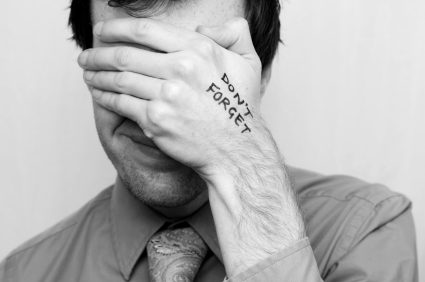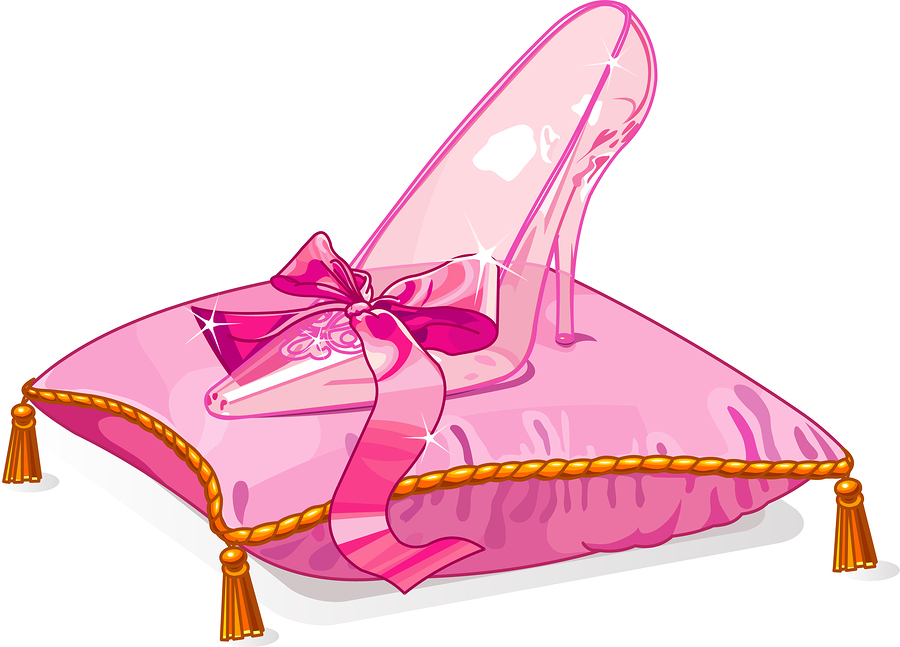Seasonal affective disorder (SAD).
 SAD sign #1: If you have difficulty concentrating, processing information, and completing tasks during the winter, this may be a sign that you are experiencing a common disorder called Seasonal Affective Disorder (SAD).
SAD sign #1: If you have difficulty concentrating, processing information, and completing tasks during the winter, this may be a sign that you are experiencing a common disorder called Seasonal Affective Disorder (SAD).
Solution. Rethink the way you think about the dark days of winter. If you are unable to think clearly and complete daily tasks, create a short to-do list to help you focus.
SAD sign #2: One of the most common symptoms of SAD, a seasonal depression, is unexplained depressed mood and hopelessness, something we struggle with from time to time. However, if it lingers, it could be something more serious.
Solution. Familiarize yourself with ways to keep a check on your winter blues that may occur as the seasons change and the amount of available natural daylight diminishes. Certain types of light therapy are effective in the treatment of Seasonal affective disorder.
SAD sign #3: Something to look out for and one of the most common signs of SAD is changes in sleeping due to a loss of energy, sluggishness, and extreme tiredness.
Solution. Focus on setting boundaries on the types of food you eat. Those with SAD often overeat, crave carbs, and gain weight which causes excess exhaustion. Pull the drapes back and take a break outside during the early afternoon and don’t eat late at night.
SAD sign #4: Winter doldrums makes it harder to deal with and process stress in a healthy and effective way. Stress is the tension you feel in your body when responding to stressors, which in this case is the season.
Solution. Understand that stress can cause you to make bad choices where you don’t exercise, do drugs or drink too much. Find healthy ways to relax. Speak to your doctor about possible medications. Also learn how psychotherapy, biofeedback, and acupuncture can help.
SAD sign # 5: A sign you might be experiencing SAD is a recent lost interest in activities you normally enjoy. Otherwise known as anhedonia, there is no pleasure in hobbies, interests, or sex during the fall and winter season.
Solution. Laughter can bring about feelings of happiness. Although winter doldrums can bring you down, find something to laugh about: Whether stand-up, slapstick, sarcastic, gallows, observational or self-deprecating!
SAD sign #6: One of the effects of seasonal change is feeling pessimistic. The problem with pessimism is that it makes you cynical, gloomy and an all-round negative person.
Solution. Remain optimistic which brings about confidence. Remain hopeful and positive as you struggle with negative effects of seasonal change. Learn as much as you can about SAD. Educate your physician about the possibility that you have SAD and assure yourself that you will come out of the funk.
SAD sign #7: One of the most difficult symptoms of SAD is withdrawing from family and friends. Being connected with others is important to your happiness.
Solution. Surround yourself with people who understand that SAD is a real disorder. SAD affects the way you function. Let people know your winter blues are short-lived. Prepare others as they get used to the new “seasonal” you.
SAD sign #8 If you are currently experiencing irritability and anxiety, it may be due to the effects of seasonal change which can change the meaning of your life and how you see yourself in relation to your world.
Solution. Be self-compassionate as you cope with feelings of irritability and anxiety. Focus on your Winter MAP: Meaning, Authenticity, and Perception. Meaning helps you focus on the significance of your internal struggle and the meaning you have attached to winter blues. Authenticity focuses on remaining true to yourself as you feel like someone else. Don’t be harsh on yourself. Lastly, perception focuses on character traits that keep you strong.
Barbara Rubel, nationally recognized author and speaker. Barbara is a JenningsWire blogger.





